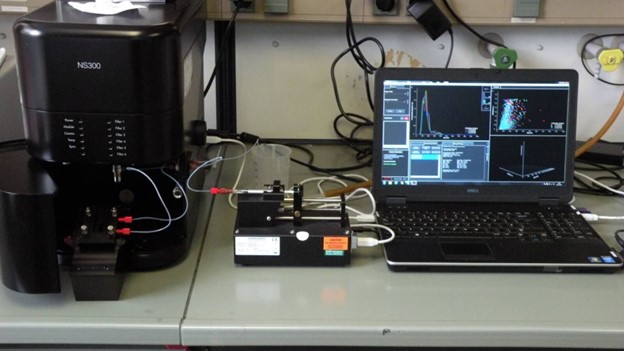U6-S05
Freeze dryer
Freeze drying (also known as lyophilization) is a water (or other solvents) removal process typically used to preserve materials, with the goal of extending their shelf life or reducing its weight. Freeze drying works by freezing the material, then reducing the pressure and adding heat to allow the frozen water in the material to change directly to a vapor (sublimation).
Freeze drying occurs in three phases:
- Freezing: Freezing can be done in a freezer, a chilled bath (shell freezer) or on a shelf in the freeze dryer. Cooling the material below its triple point ensures that sublimation, rather than melting, will occur. This preserves its physical form.
- Primary Drying: Freeze drying’s second phase is primary drying (sublimation), in which the pressure is lowered and heat is added to the material in order for the water to sublimate. About 95% of the water in the material is removed in this phase. Primary drying can be a slow process.
- Secondary Drying: Freeze drying’s final phase is secondary drying (adsorption), during which the ionically-bound water molecules are removed. Most materials can be dried to 1-5% residual moisture.
Customer benefits
- Solvent removal typically used to preserve materials, with the goal of extending their shelf life or reducing its weight.
- The design of the equipment offers the best performance in the smallest possible space.
- Equipment suitable for laboratories: compact and easy to install.
- Technical reliability and excellent performance.
- Ease of use: touch screen user interface.
Target customer
- Pharmaceutical industry
- Food Industry
- Chemical industry
- Materials research centers









